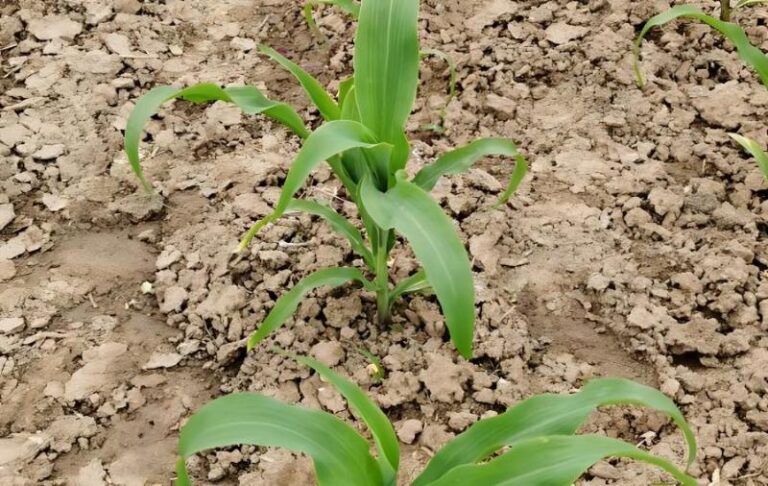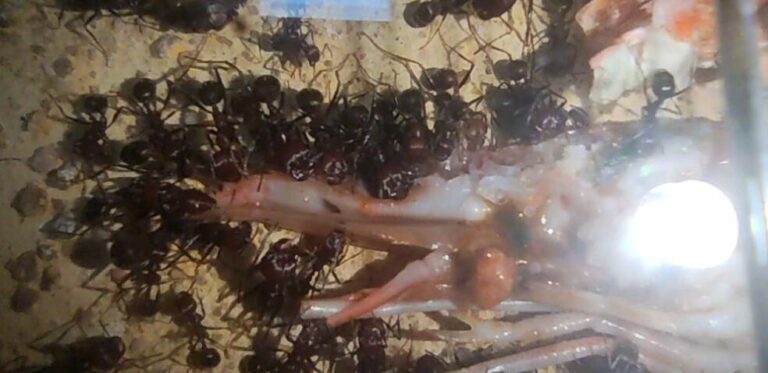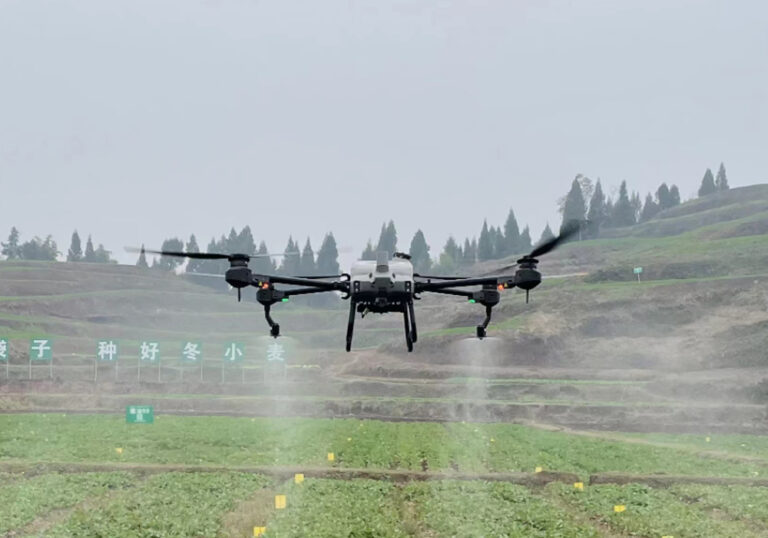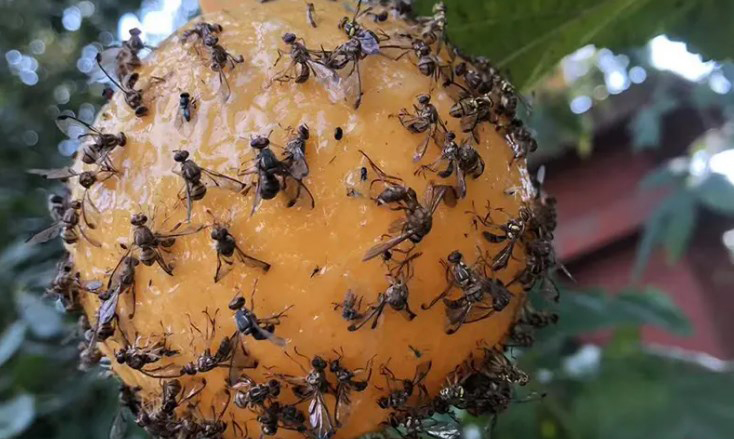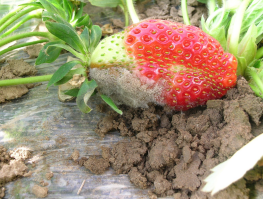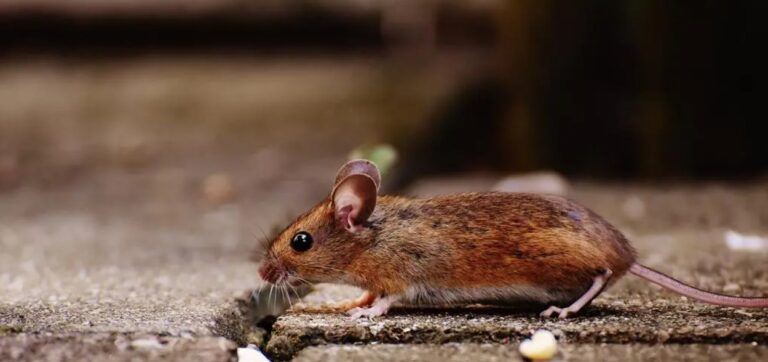Agricultural pesticides play a crucial role in modern farming, ensuring the protection of crops from pests and diseases. In this comprehensive guide, we will delve into the world of the most common agricultural pesticides, understanding their types, impact on the environment, and exploring alternatives for sustainable farming practices.
Types of Most Common Pesticides
Agricultural pesticides come in various forms, primarily classified as herbicides, insecticides, and fungicides. Herbicides target weeds, insecticides combat harmful insects, and fungicides address fungal diseases affecting crops. Therefore, it is important to strike a balance between pest control and ecological environment. This is our purpose as a pesticide manufacturer.
Pesticides can be categorized into the following major types
- Organic pesticides: These pesticides are processed from mineral materials such as arsenic formulations, fluorine formulations, etc.
- Inorganic pesticides: Composed of compounds, examples include chlorinated pyrethroids, bromo-cyanide chrysanthemum esters, etc.
- Biological pesticides: Derived from living organisms, such as white muscardine fungus, Bacillus thuringiensis, etc.
- Chemical synthetic pesticides: Composed of compounds synthesized through artificial chemical processes, such as methomyl, imidacloprid, etc.
Methods of pesticide application mainly include
- Spray method: Pesticides are sprayed in the form of mist onto the surface of plants, allowing them to come into contact with various parts of the plant.
- Seed dressing: Pesticides are mixed with seeds and then sown.
- Soaking method: A portion of the plant (such as stems or leaves) is immersed in a solution containing pesticides to facilitate absorption.
- Injection method: Pesticides are injected into the internal parts of plants, such as within tree trunks.
The purposes of pesticide use primarily involve
- Controlling the quantity and distribution of pests and diseases.
- Preventing the spread of diseases.
- Improving the yield and quality of crops.
Impact on Environment
While pesticides are essential for crop protection, their use raises environmental concerns. The runoff of pesticides into water bodies and their impact on non-target organisms can lead to ecological imbalances. It’s crucial to strike a balance between pest control and preserving the environment.

